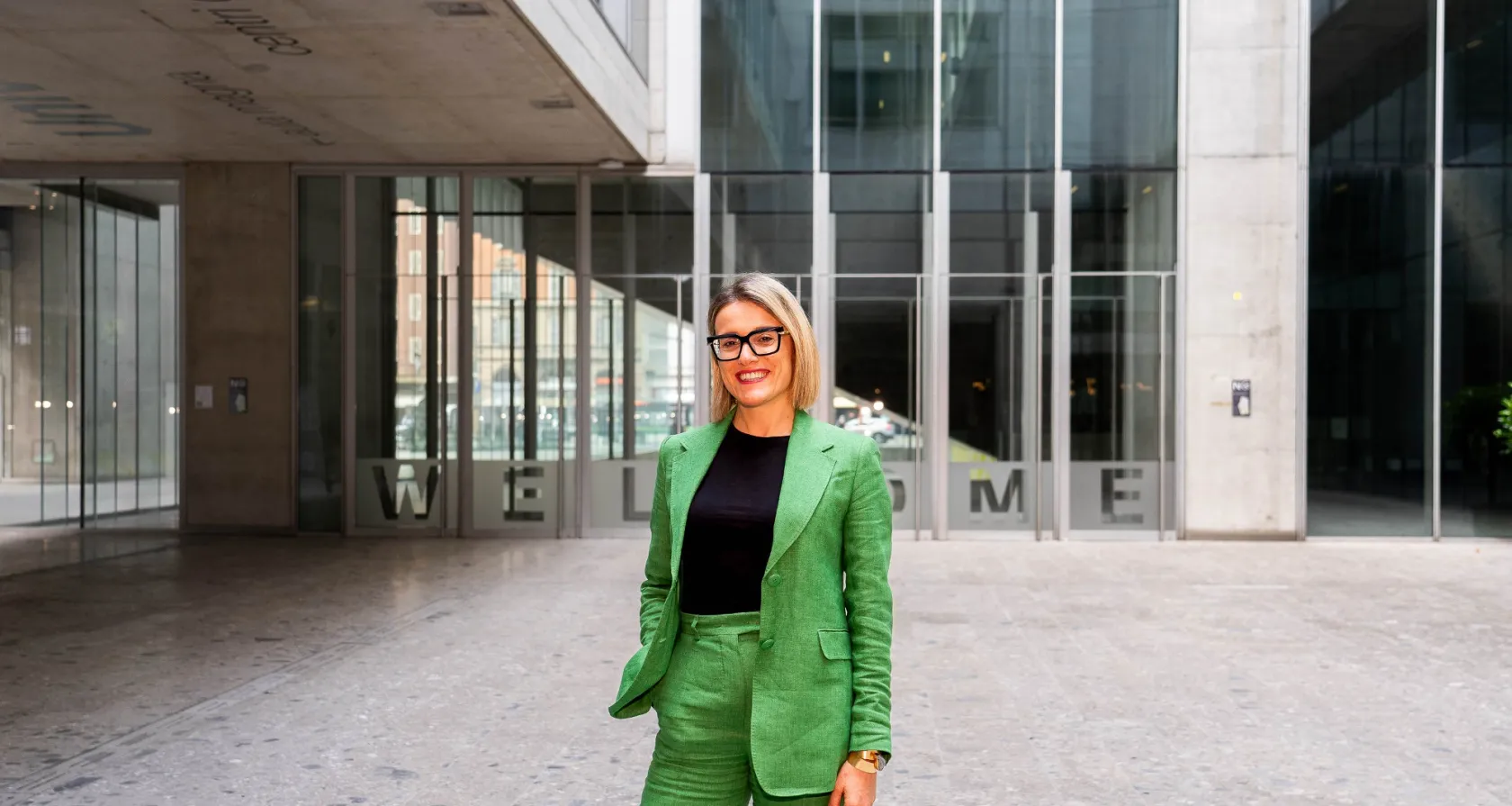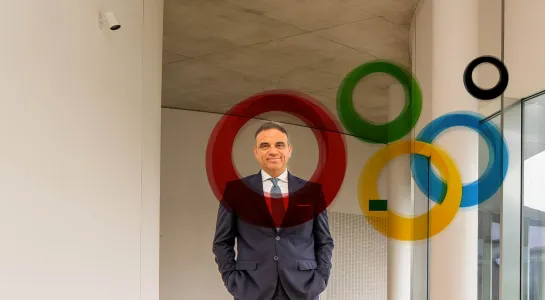
The Sustainability of Paris 2024
Paris 2024 brings the Olympics and Paralympics back to Europe after London 2012, in a scenario where environmental and social sustainability has taken a central position. The history of the Games has always been marked by the challenge of economic sustainability, in consideration of the considerable sums spent for the realization of these mega-events (among the most expensive ones there is London, €15 billion, and Sochi, €22 billion) and the inevitable cost increases that intervene. Inevitable, due to underestimated budgets (to make applications politically acceptable), non-negotiable times and standards, and the risk of running into some macroeconomic shock. The estimates for Paris are at around €10 billion, of which €4.5 billion earmarked for investment with a public contribution of €2.5 billion. An investment which in theory should generate employment and tax revenue, boost GDP and leave a legacy. Estimates for Paris are an additional 180,000 jobs created and a 0.5% increase in GDP during the event period. The International Olympic Committee (IOC) has urged attention to emissions, reuse and recycling, temporary structures and post-event developments. In reality, technical standards are more stringent than for other world competitions, requiring additional investments. On the subject of CO2 emissions, Paris promises to halve the carbon imprint generated by Rio and London (1.58 million tons) and only two brand-new facilities have been built, including the Le Bourget Aquatics Center, destined to leave an important legacy for sports federations and local communities. The Champ de Mars Arena is a temporary structure erected to host events during the renovation of the Grand Palais, also a competition venue, and will be dismantled after the Games but how it will be reused it is not yet known. Even the construction of temporary structures raises the issue of sustainability: both environmental and financial sustainability; very often finding a second life for these facilities is not easy.
From a financial point of view, these are management costs, without any legacy, except obviously that of not consuming land. However, the equation must consider the fact that these Olympic mega-structures, if permanent, must be reused, not only to amortize the economic and social investment, but also to cover maintenance costs, in order to avoid the creation of eco-monsters. Permanent or temporary is often the dilemma faced for the housing of athletes. In Paris this will be a permanent investment, in a poor and degraded area (Seine-Saint-Denis, north-east of the city, near the aquatic arena), with 2,500 new dwellings, a student residence, a hotel, around 10 hectares of green space, offices, urban services and neighborhood shops. A project worth €2 billion of which approximately €560 million in government funding. On the website of Solideo, the state-owned company in charge of investments, a lot of attention is paid to the environmental sustainability of the project (from solar and geothermal energy to mattresses made from recycled fishing nets). We should expect nothing less for an Olympic event in the era of sustainability.
However, the real challenge of this project, about which little is said, is the social dimension, given that it affects banlieues with very high immigration, unemployment and crime rates and where public housing accounts for 40% of residential buildings. In 1998 the Stade de France and connecting infrastructures were built here; public investment in social housing then followed. Olympic investment promises to allocate 25% of housing units to vulnerable groups and students. And, in fact, the project is financed for approximately 25% by public budgets. On the other hand, also in London the promise was to allocate 50% of the 1,200 real estate units built in the Olympic Park to low-income groups. The reality turned out to be different: although 37% of housing was classified as "affordable", medium-low income families had to resort to co-ownership to purchase apartments. It will be interesting to observe how the social dimension will be managed, as true legacy of this project. Is it a project for the gentrification of the area? Or something different, thanks to a mix of material and immaterial interventions? On the other hand, the Olympics should be not only an opportunity to show the world the magnificent infrastructures built with low or zero environmental impact, but also an occasion to test new solutions for the social challenges affecting large cities.

